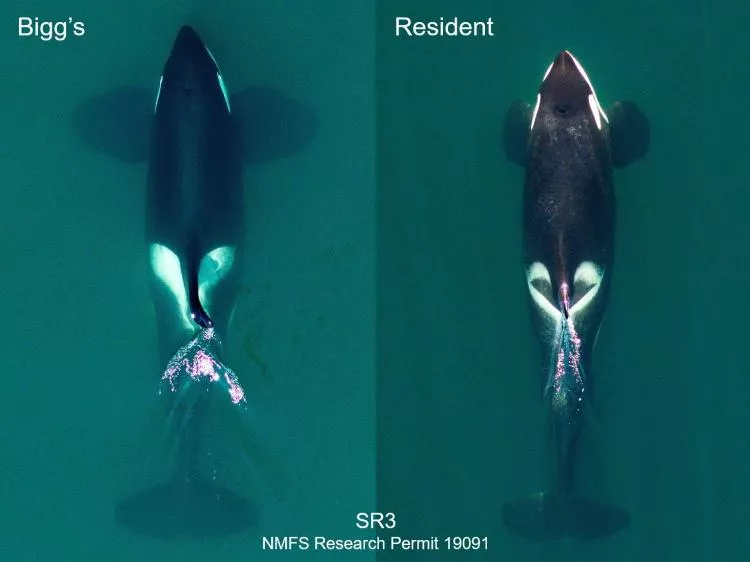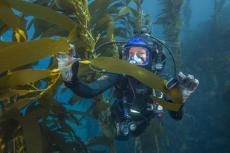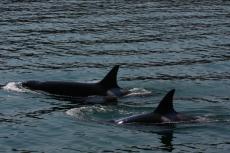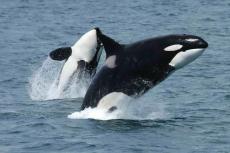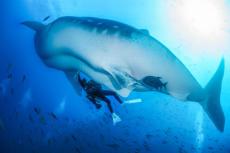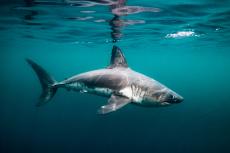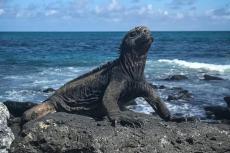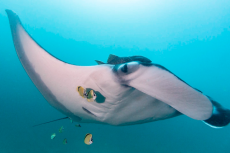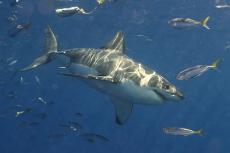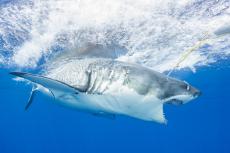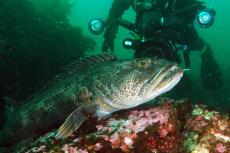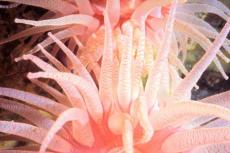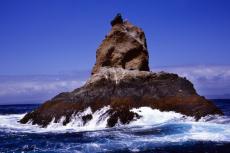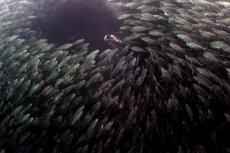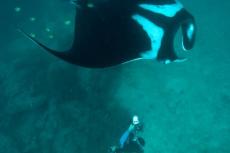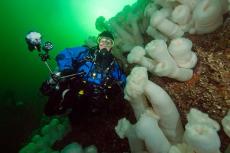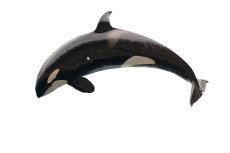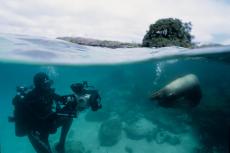Orcas Are Possibly Two Distinct Species
Orcas are recognised as a single, ecologically and morphologically diverse, globally distributed species. However, biologists have increasingly acknowledged significant differences between two well-known populations of orcas in the North Pacific Ocean, suggesting they may be separate species.
Orcas have long been considered a single global species, with different forms in different regions, known as “ecotypes.”
However, scientists have long recognised the differences between resident and transient orcas, known as Bigg's killer whales, in the North Pacific. Resident orcas maintain close-knit family pods and prey on salmon and other marine fish, while Bigg’s orcas roam in smaller groups and hunt other marine mammals such as seals and whales.
The transient orcas are named after Canadian scientist Michael Bigg, who in the 1970s noticed that the two ecotypes did not mix, despite occupying many of the same coastal waters, which is often a sign of different species. He was the first to describe the tell-tale differences between the two ecotypes.
Resident and Bigg’s ecotypes can be reliably distinguished by experienced observers at sea and from field observations, photographs, and video, based on external characteristics such as eye and saddle patch pigmentation, dorsal fin size and shape, and differences in body size.
Separate species
A team of NOAA Fisheries and university scientists compiled genetic, physical, and behavioural evidence. The data distinguish the Resident and Bigg’s orca ecotypes as separate species.
Genetic evidence from previous research suggests that the two populations probably diverged more than 300,000 years ago from different branches of the orca family tree. This makes them some of the most genetically distinct orca ecotypes in the world.
Further analysis of the genomic data supports the conclusion that these groups have developed distinct genetic and cultural identities and occupy separate niches within the same Northwest marine ecosystem.


